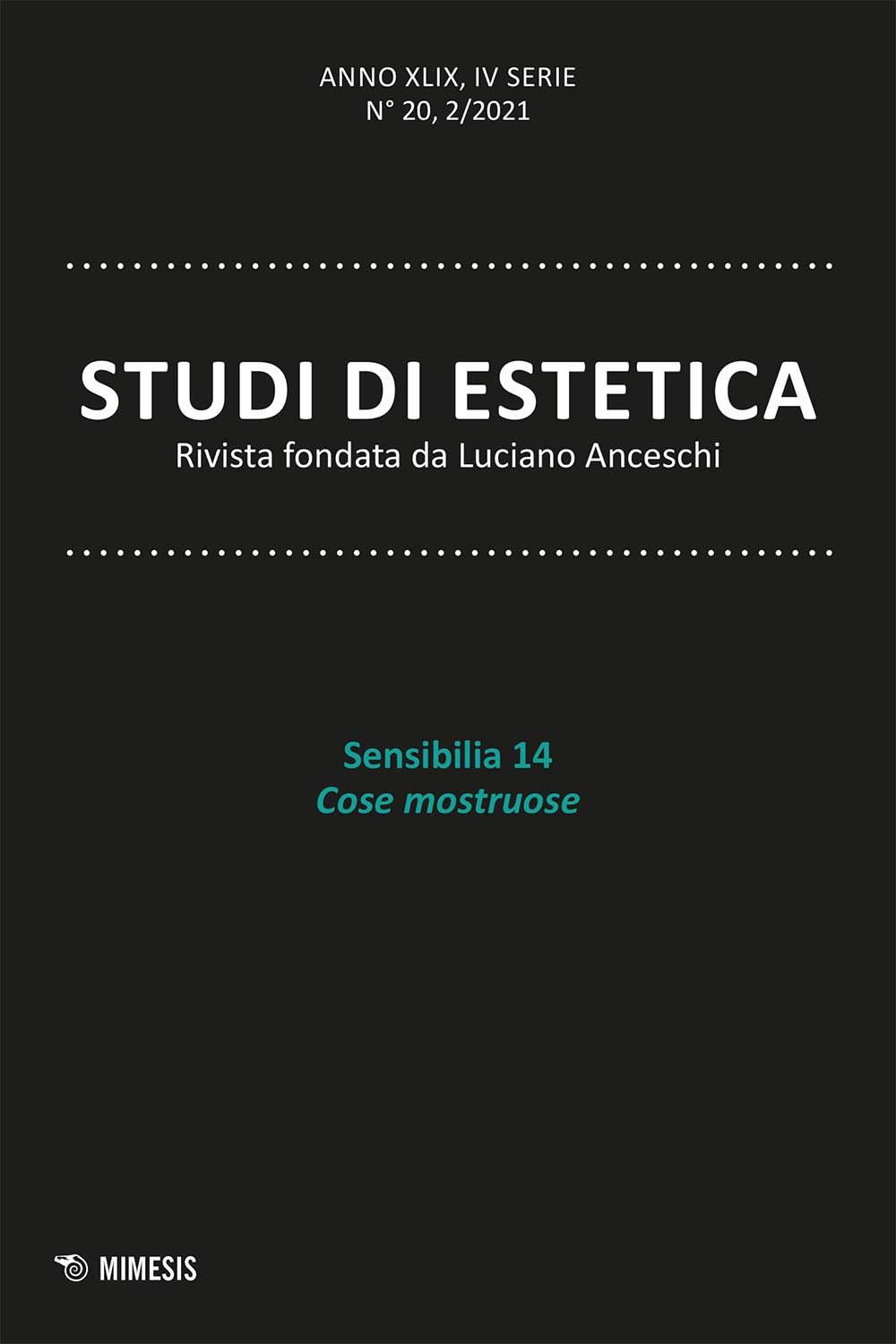Abstract
What is a “Monster”? In the first part of my paper (§ 1-3), I answer this question by delving into the historical changes that the concept of “monster” underwent in Western culture along with centuries. I claim that what we call “monster” had been the object of an “integral gaze” since its origin, while, during the 19th Century, it has become the object of a “disintegrated gaze”. What I mean with “integral gaze” is that we look at and understand something in one sole way: the monster exceeds the natural order. On the contrary, with “disintegrated gaze”, I mean that we look at and understand something in different ways, so that looking at and understanding do not gather nor hold together: the monster as much is experienced as an unnormal living being as is thought as a normal living being. This condition is far more general. Though, I contend that the analysis of the transformations undergone by the concept of “monster” over the last two centuries make us aware of such historical condition. This condition is concerning in so far as it “disintegrates” our understanding of the world. In the second part of my paper (§ 4-6), I point out a way to surpass such condition, at least with regard to the concept of “monster”. To this purpose, I will answer my starting question by describing the ontological structure of a “monster”. This is the structure of a paradox. The monster is a paradox.

